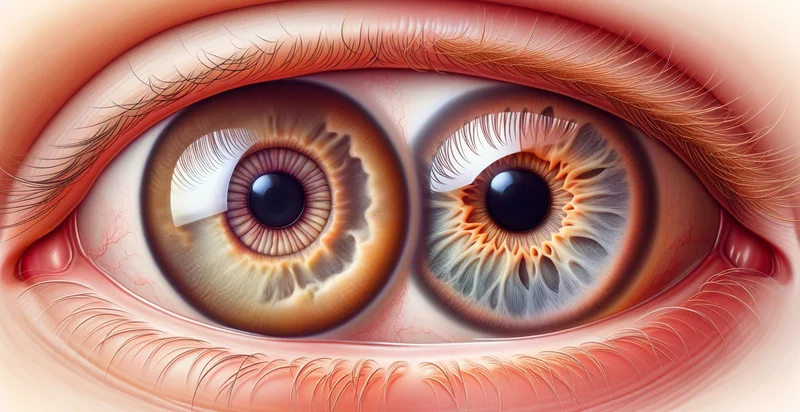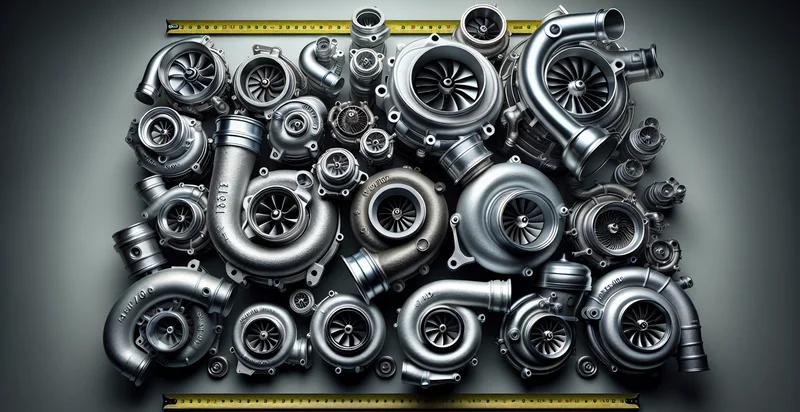Identify pupil sizes
using AI
Below is a free classifier to identify pupil sizes. Just upload your image, and our AI will predict the pupil size category based on the provided image - in just seconds.

Contact us for API access
Or, use Nyckel to build highly-accurate custom classifiers in just minutes. No PhD required.
Get started
import nyckel
credentials = nyckel.Credentials("YOUR_CLIENT_ID", "YOUR_CLIENT_SECRET")
nyckel.invoke("pupil-sizes", "your_image_url", credentials)
fetch('https://www.nyckel.com/v1/functions/pupil-sizes/invoke', {
method: 'POST',
headers: {
'Authorization': 'Bearer ' + 'YOUR_BEARER_TOKEN',
'Content-Type': 'application/json',
},
body: JSON.stringify(
{"data": "your_image_url"}
)
})
.then(response => response.json())
.then(data => console.log(data));
curl -X POST \
-H "Content-Type: application/json" \
-H "Authorization: Bearer YOUR_BEARER_TOKEN" \
-d '{"data": "your_image_url"}' \
https://www.nyckel.com/v1/functions/pupil-sizes/invoke
How this classifier works
To start, upload your image. Our AI tool will then predict the pupil size category based on the provided image.
This pretrained image model uses a Nyckel-created dataset and has 17 labels, including Abnormally Large, Abnormally Small, Adapting To Light, Bilateral, Constricted, Dilated, Excessively Large, Excessively Small, Fixed and Non Adapting To Light.
We'll also show a confidence score (the higher the number, the more confident the AI model is around the pupil size category based on the provided image).
Whether you're just curious or building pupil sizes detection into your application, we hope our classifier proves helpful.
Related Classifiers
Need to identify pupil sizes at scale?
Get API or Zapier access to this classifier for free. It's perfect for:
- Patient Monitoring in Healthcare: This use case involves using pupil size classification to monitor patients in a healthcare setting. By integrating the function into telemetry systems, healthcare providers can detect changes in pupil size that may indicate neurological issues, enabling timely interventions and potentially improving patient outcomes.
- Driver Alertness Detection: Automotive manufacturers can employ this pupil size classifier to assess driver alertness. By analyzing changes in pupil size, systems can issue alerts or engage preventive measures when drowsiness or distraction is detected, enhancing road safety and reducing accidents.
- Mental Health Assessments: Mental health professionals can utilize pupil size measurements as part of psychological evaluations. Variations in pupil size might correlate with stress, anxiety, or emotional states, providing valuable insights for tailored treatment plans and therapeutic approaches.
- Security Surveillance Systems: In security applications, the pupil size identifier can assist in identifying suspicious behavior. By monitoring the pupils of individuals in high-security areas, surveillance systems can detect heightened emotional responses, which may indicate potential threats or aggressive intent.
- Market Research and Advertising: Companies can apply pupil size analysis in market research to gauge consumer reactions during product testing. By measuring pupil dilation as participants view advertisements or products, researchers can infer interest and emotional engagement, guiding marketing strategies accordingly.
- Virtual Reality Experience Enhancement: In virtual reality (VR) applications, pupil size can be used to adapt the experiences based on user engagement. By dynamically changing the VR environment in response to the user’s emotional state indicated by pupil size, developers can create more immersive and personalized experiences.
- Cognitive Load Measurement in Education: Educators can implement pupil size analysis to assess students' cognitive load during learning activities. By understanding when students' pupils dilate due to increased cognitive effort, teachers can adjust lesson pacing and content delivery to optimize learning outcomes.


